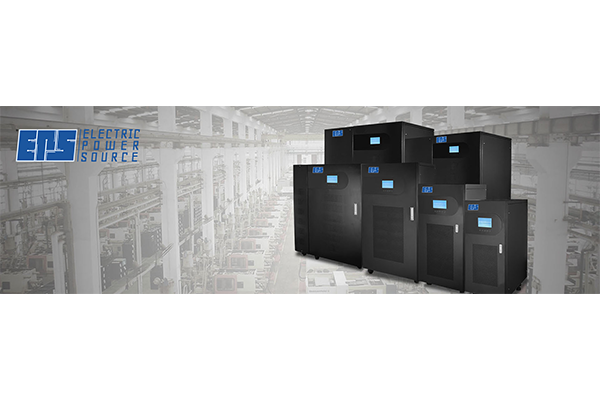Different Types of Uninterruptible Power Supplies
1. Standby (Offline) UPS
Firstly, and the most common in smaller systems is the Standby or Offline UPS. This is the one you would normally use on a personal computer for example.
The Standby UPS lays in wait for its time to spring into action, and once there is a power failure, it takes control.
The Standby UPS tends to be the most cost-effective UPS available.

2. Line-Interactive UPS
Next up, we have the Line-Interactive UPS. You’ll find this type of Uninterruptible Power Supply in small business infrastructure.
It is very similar to a Standby UPS but with the added ability to regulate voltage automatically.
This means that it monitors the incoming supply and can help out if it detects that the voltage is a bit low, or a spike is causing it to go too high.
It can add or subtract power in this way to make the output to our devices constant! Very smart!
This type of UPS is particularly useful for the brown-out situation we’ve already mentioned, or power spikes or surges.

3. Online Double-Conversion UPS
Now we have the Online Double Conversion UPS. Don’t let the name put you off!
This type of UPS is efficient as the primary source of power isn’t the incoming supply, rather it is the battery power.
So when we have a power outage, there is no transfer switch to close, meaning no time to switch that you can get with the other type of UPSs.
When the incoming supply is ON, the batteries simply charge up.
It’s called “double-conversion” because it converts the AC incoming supply to DC, and then the inverter converts it back to AC for the output.
In general, it ensures a far higher degree of isolation of the load from the irregularities on the mains supply.

These are the most common types of UPS available. Of course, there are other types that fit a particular form or function, but these tend to be for more specialist needs.

